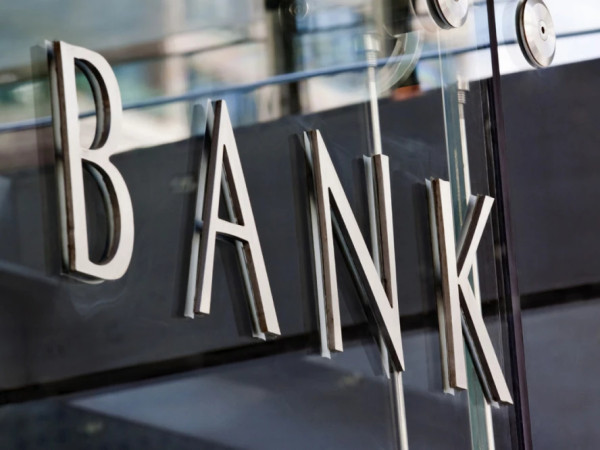In his latest interview with The CheckPoints, The Vice Governor of the National Bank of Georgia, Papuna Lejava, discussed the main risks to financial stability identified by the NBG.
-The final risk is price decreases in real estate due to the weak demand and the negative impact on the financial sector. What is the correlation here, and how does demand in real estate correlate with financial stability?
In this case, it is important to draw a parallel to the previous crisis where we entered the crisis with a price bubble. In 2008, there was a real estate price bubble in Georgia and across the world. This time, this is not the case, even though we had high growth in this sector. Mortgages were growing well; the prices of real estate were not significantly increased. This means that we don't expect a severe shock on real estate prices as there was in 2008-2009. If there is a shock on real estate prices, the channels, and how it affects the financial sector, direct exposure to the sector is high. But in other sectors, a lot of the collateral is provided with the real estate. And of course, if the prices of real estate will drop, this will impact the credit quality of other loans.
-Now, we see in this covid-19 period that the government is trying to support this sector as well. And mainly, this is the well-known subsidy program. So how does that impact the risk itself?
Currently, of the mortgages disbursed, about 35% is attributed to this program. 35% of mortgages are disbursed through the interest rate subsidy program. We expect that the natural level of demand should increase over time, and the subsidies' impact should decrease. These two factors should balance each other in the medium term.
-What are some of the scenarios that are associated with the risks that we have been mentioning above? And where do you put Georgia in these scenarios?
We expect three types of scenarios. First is a base-case scenario, then a risk scenario, and then severe risk scenarios. In the base-case scenario, we expect a 5% reduction of GDP in 2020 and a 5% recovery in 2021. This macro assumption is compounded by the assumptions on other factors, such as real estate prices, exchange rate, interest rate, and so on. In the risk scenario, we expect the pandemic impact to be longer and the vaccine to be adopted in the second half of 2021. In this case, the recovery process will be much slower, and also the impact of 2020 growth will be stronger. We expect a GDP reduction of 7% in this scenario in 2020 and 2.5% growth in 2021.
-So, the pace of growth is also slow.
Yes, the pace of growth is also slow. In the most severe scenario, we expect the vaccine's timing to be longer and the impact of the crisis to be stronger throughout this period. In this scenario, the GDP decline will be 9% in 2020, and we will only have a 1.5% percent recovery in 2021.















